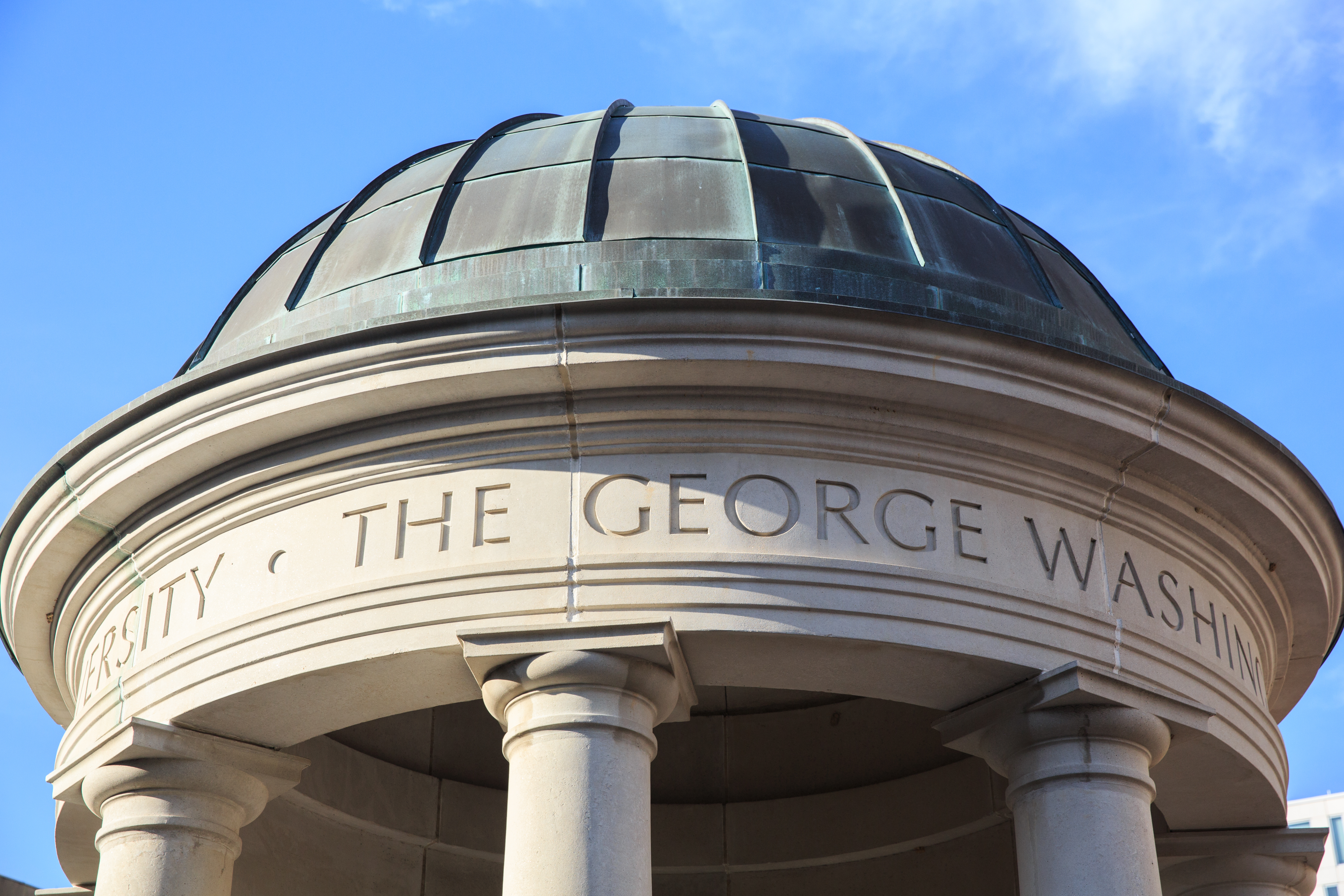The George Washington University announced on Thursday tuition, room and board rates for the 2022-23 academic year.
Tuition for new, incoming first-year undergraduate students and returning second- and third-year students will be $62,110, a 3.9 percent increase from the current 2021-22 tuition rate of $59,780. Full-time undergraduate students who entered GW prior to fall 2020 will continue to pay the fixed-tuition rate of their entering class. Mandatory fees are $290, which includes the Student Association fee and a subsidized transportation fee for unlimited use of Metrorail and Metrobus.
The university also approved 2022-23 graduate tuition rates, which vary by program. Graduate tuition rates will be posted online soon.
The estimated cost of attendance, which includes direct costs (tuition, fees and room and board) and indirect costs (books, transportation and personal expenses), for first-year and upperclass undergraduate students has been updated to reflect the new tuition rates. The average increase in the estimated cost of attendance for first-year students is 3.6 percent. The actual cost of attendance varies for each student depending on the degree program, type of campus housing, meal plan and other factors including books and personal expenses.
For students who will be living on campus next year, the university has set a base rate for room and board (i.e.: dining) to help students and families estimate their living expenses. The base residence hall room rate for incoming first-year students, about one-third of whom will experience living in the newly renovated Thurston Hall, is $10,320. Because second- and third-year students have more room options, such as suites and apartment-style living instead of traditional two-person rooms, the base room rate is estimated at $14,600. The base rate for board for all undergraduate students is $5,400, a $360 increase from this year’s first-year base rate. View GW’s five tiers of housing rates and view GW’s meal plan options available by class year.
GW will continue its focus on Open Doors, which is the university’s scholarship fundraising initiative to increase need-based financial aid for students. The university will continue to honor its commitment to provide additional need-based financial aid to assist students and families in covering year-to-year educational expenses. GW is also examining other programs to assist students in lowering their campus living expenses.
The university is also committed to ongoing enhancements to the overall student experience, as student success in academic programs is strongly associated with resources available outside of the classroom. As part of these ongoing efforts, in fall 2022, GW will begin a transformation of Foggy Bottom dining program by introducing on-campus dining within Thurston and other residence halls to provide a more traditional residential dining experience focused on building a stronger community.
The future of GW’s residential dining is centered around flexibility, quality and affordable choices, and it includes an all-you-care-to-eat meal plan starting with next year’s first-year students. The new meal plans are also designed to accommodate students with specific dietary needs, as well as help address the needs of students who may be experiencing food insecurity by providing more direct and frequent access to a variety of nutritious food.
GW’s reimagined dining program formally kicked off last fall. Current first-year students living on the Mount Vernon Campus eat daily at the Eatery at Pelham Commons and are experiencing innovative residential dining that includes made-to-order and customized meals. As GW phases in a new way of eating on campus, rising second, third- and fourth-year students can choose from the new unlimited plan or a block meal plan option. Rising third- and fourth-year students will also be able to continue under their current dining model that they have used since they started at GW.


